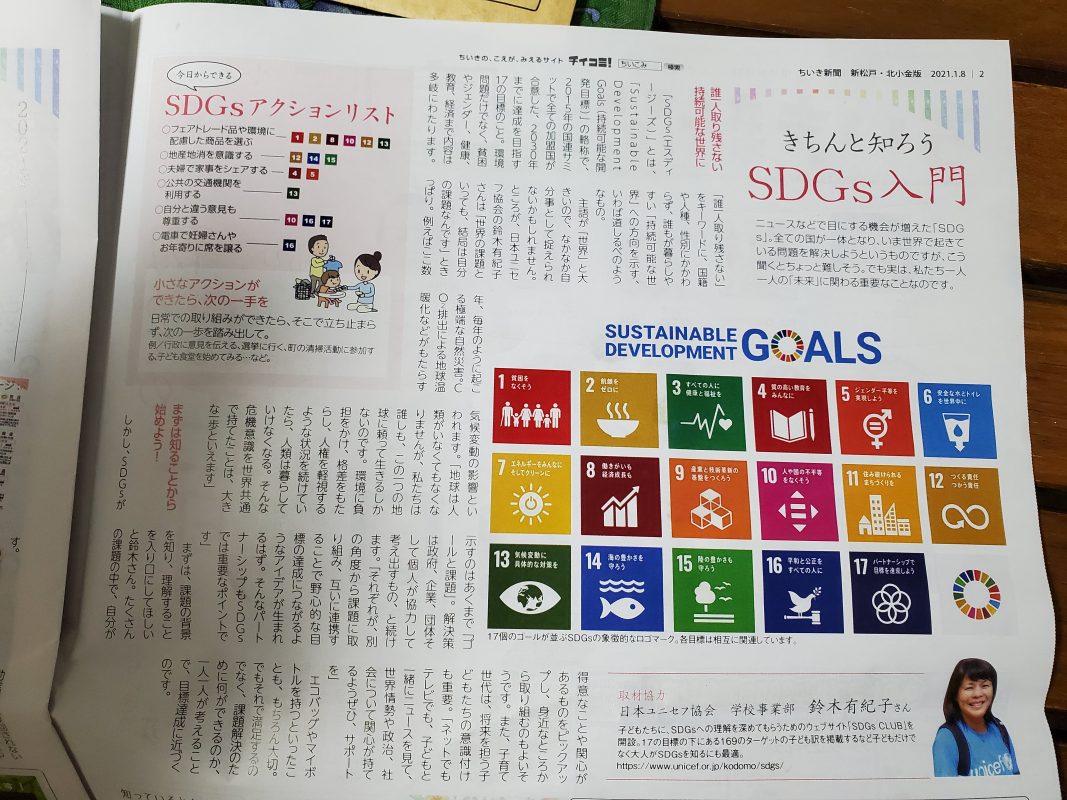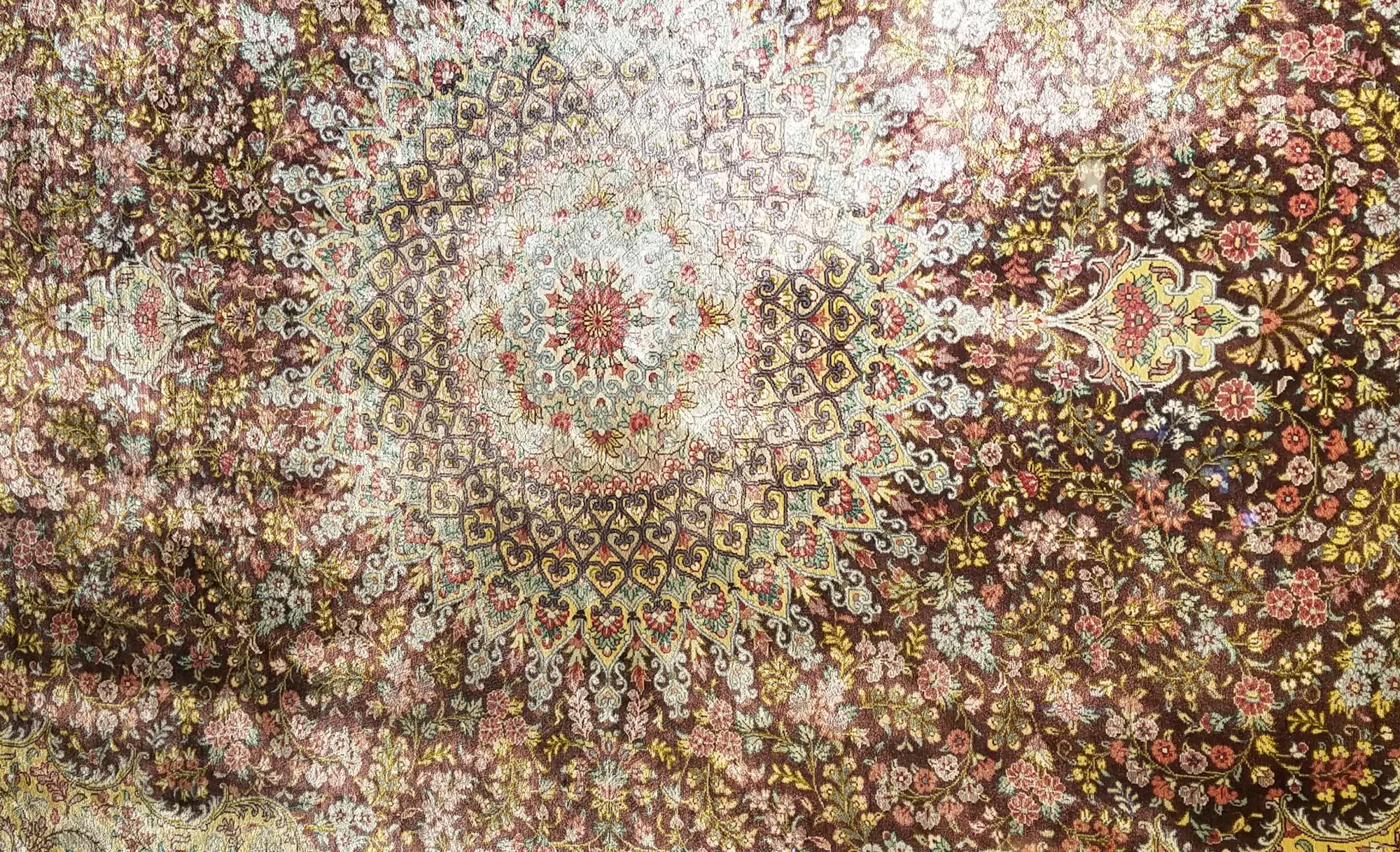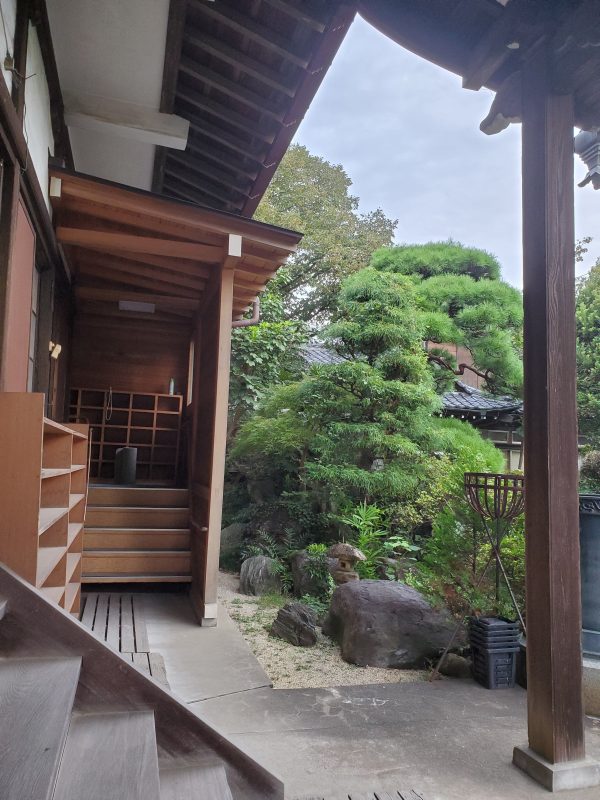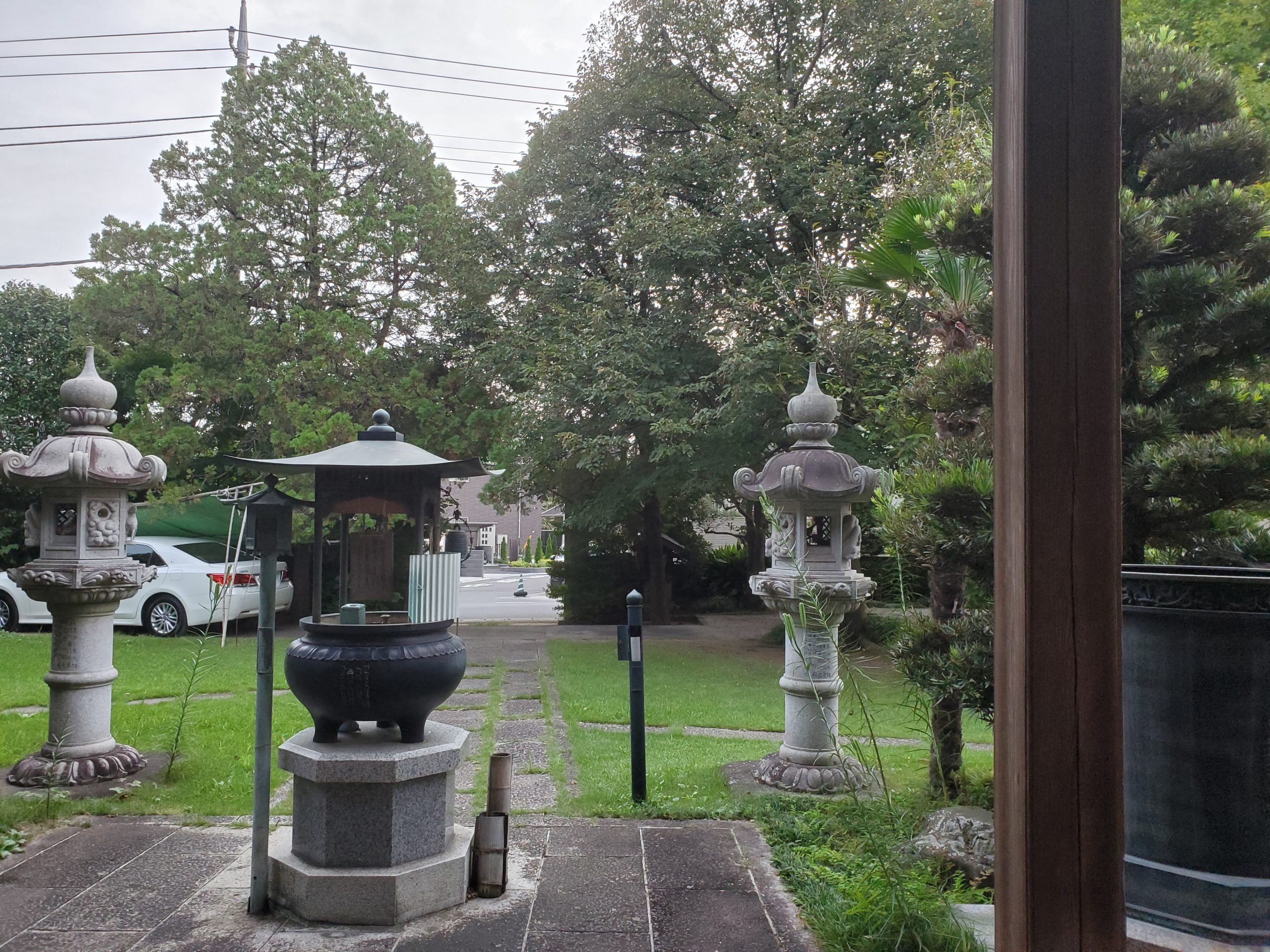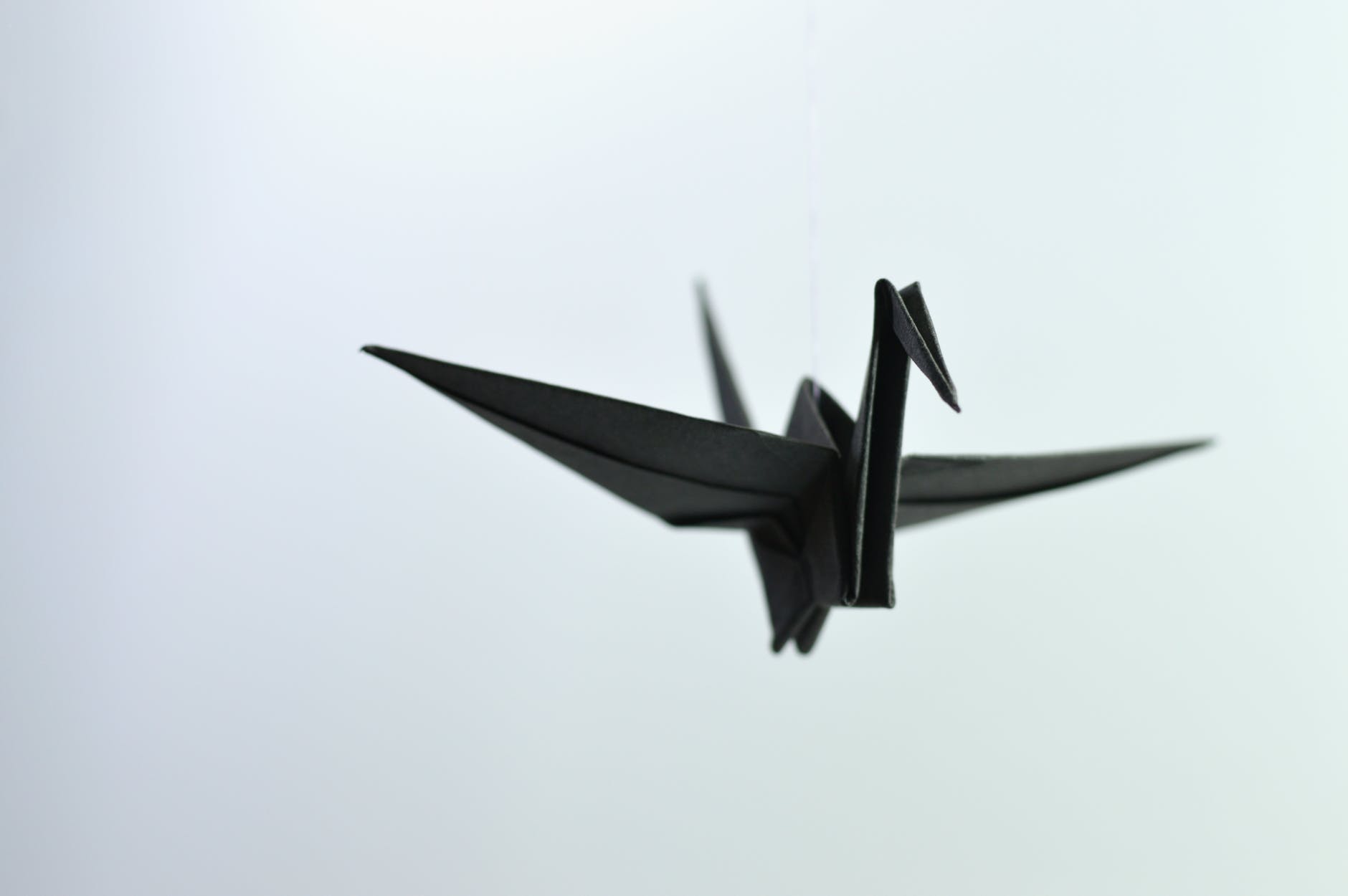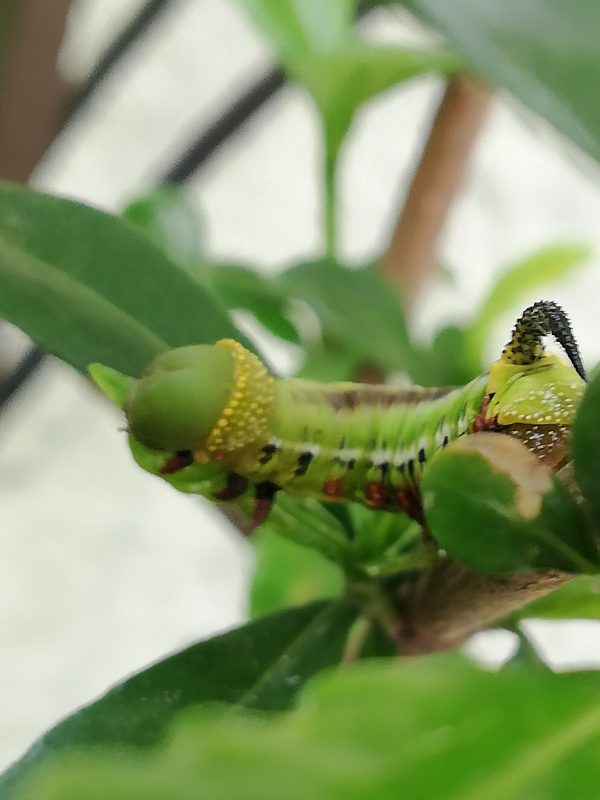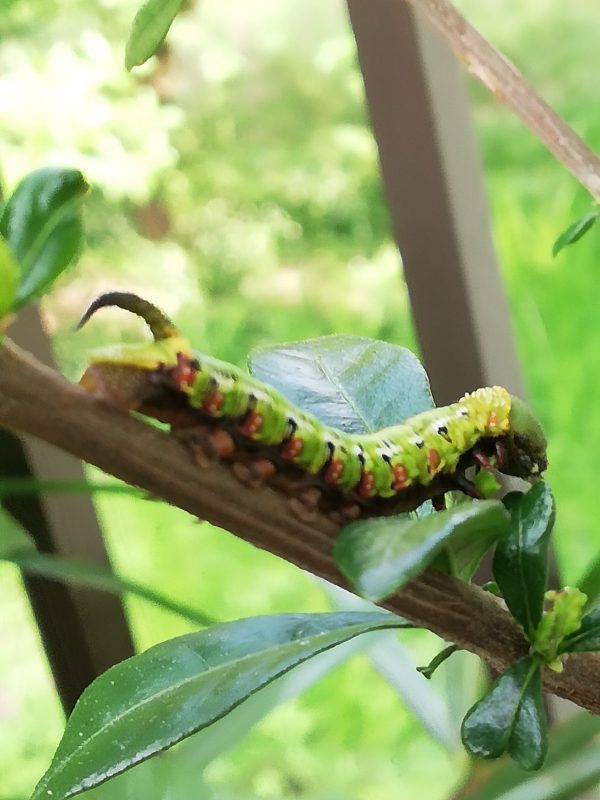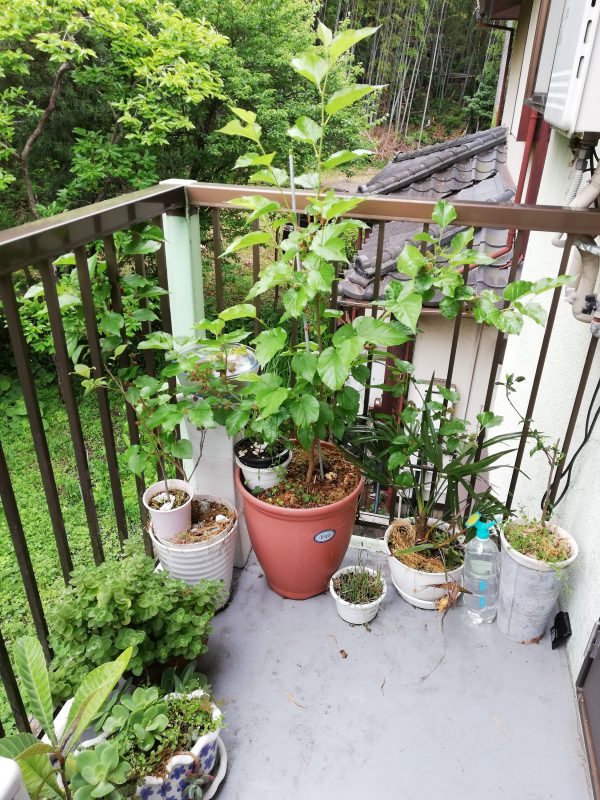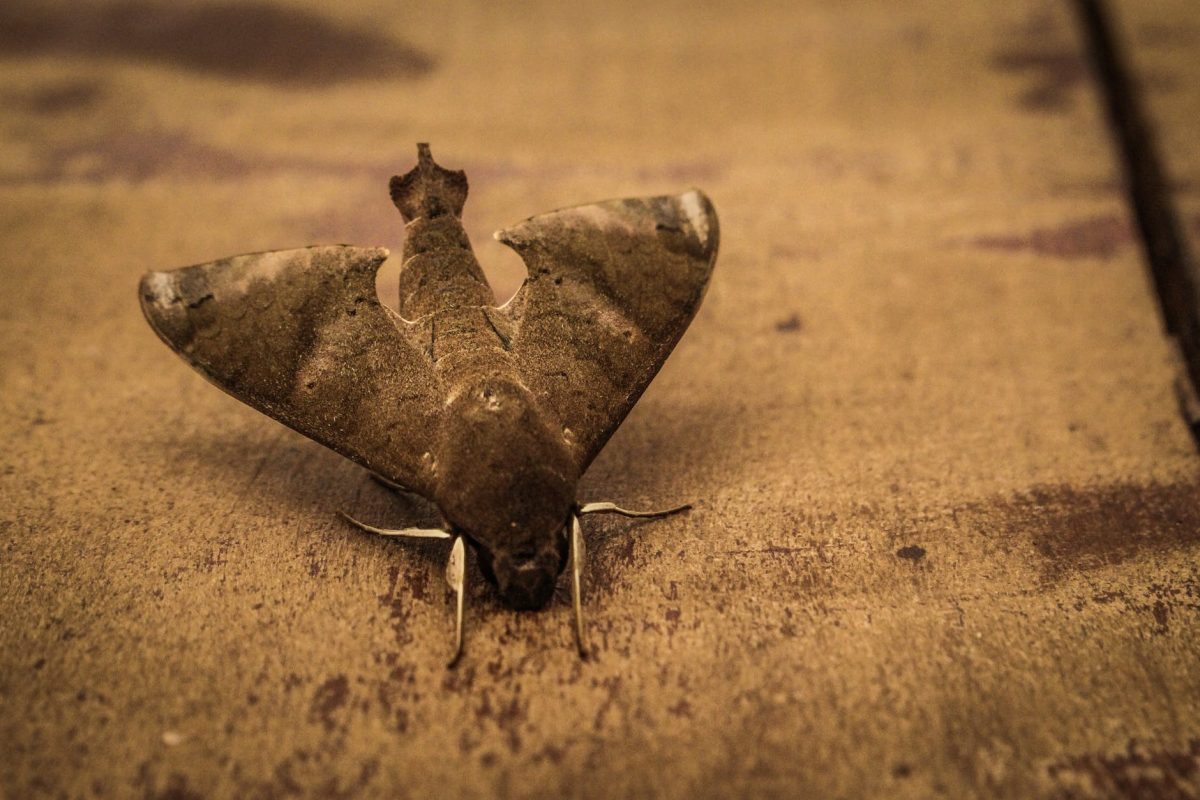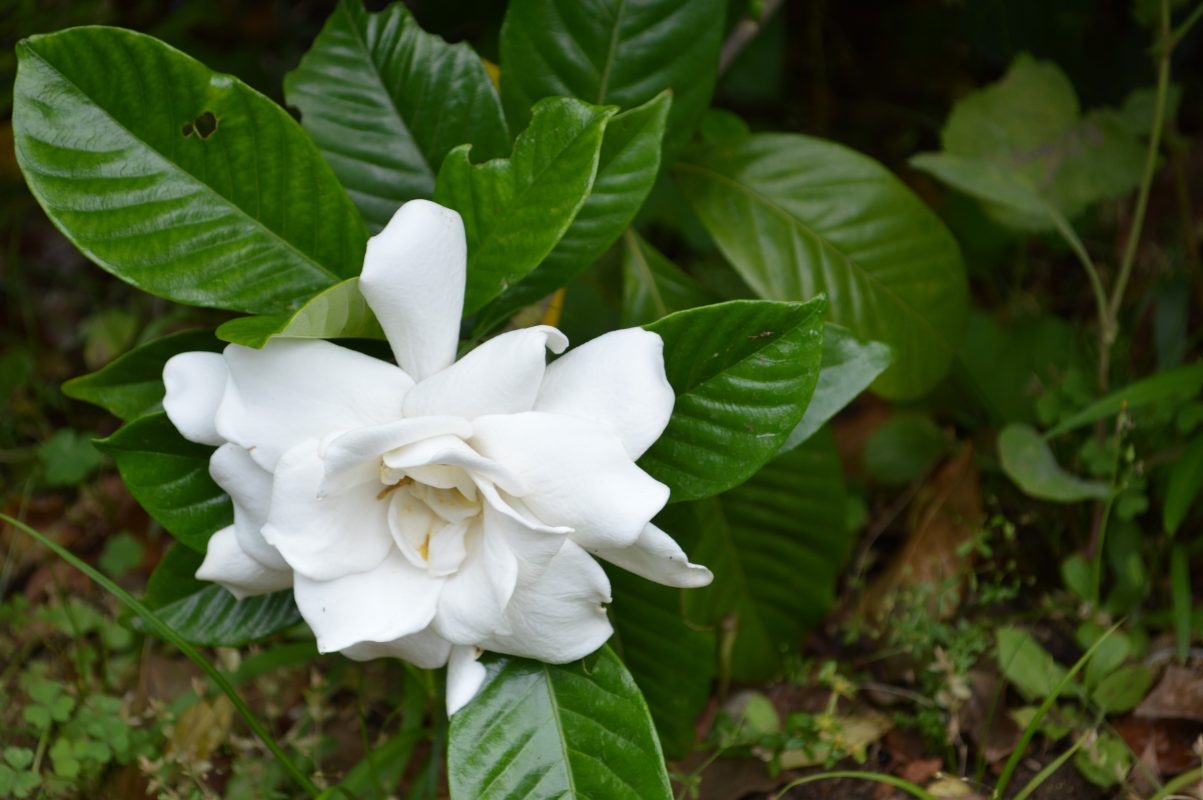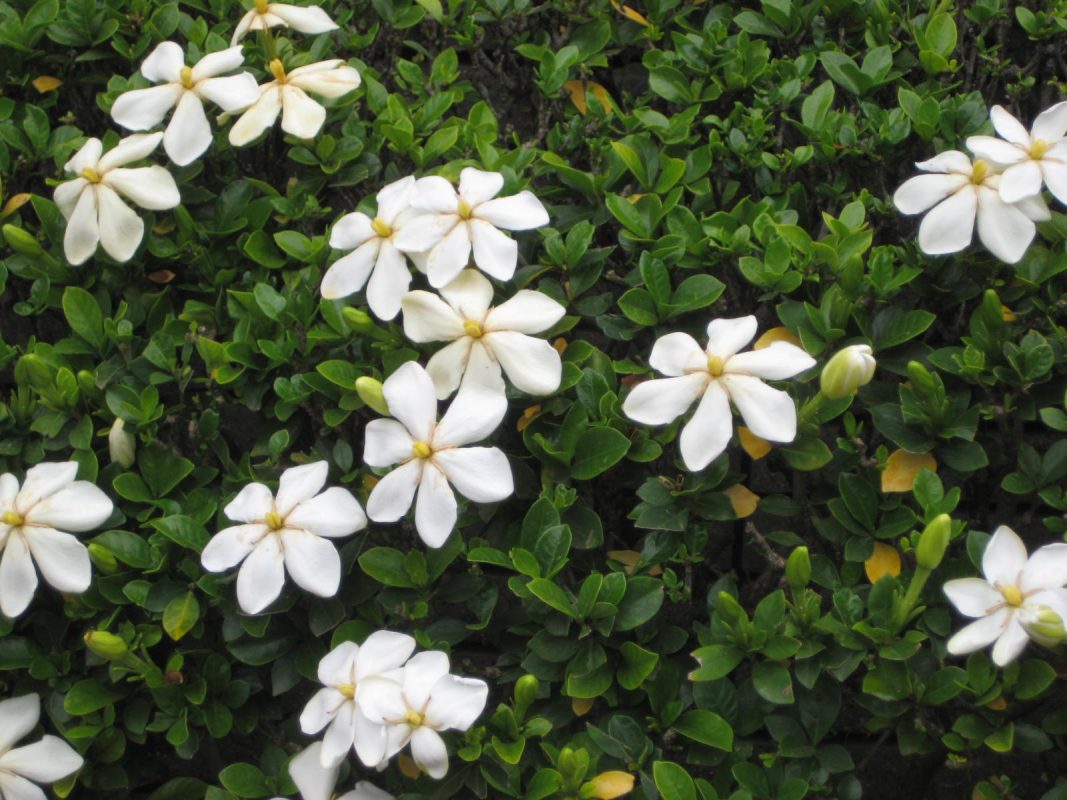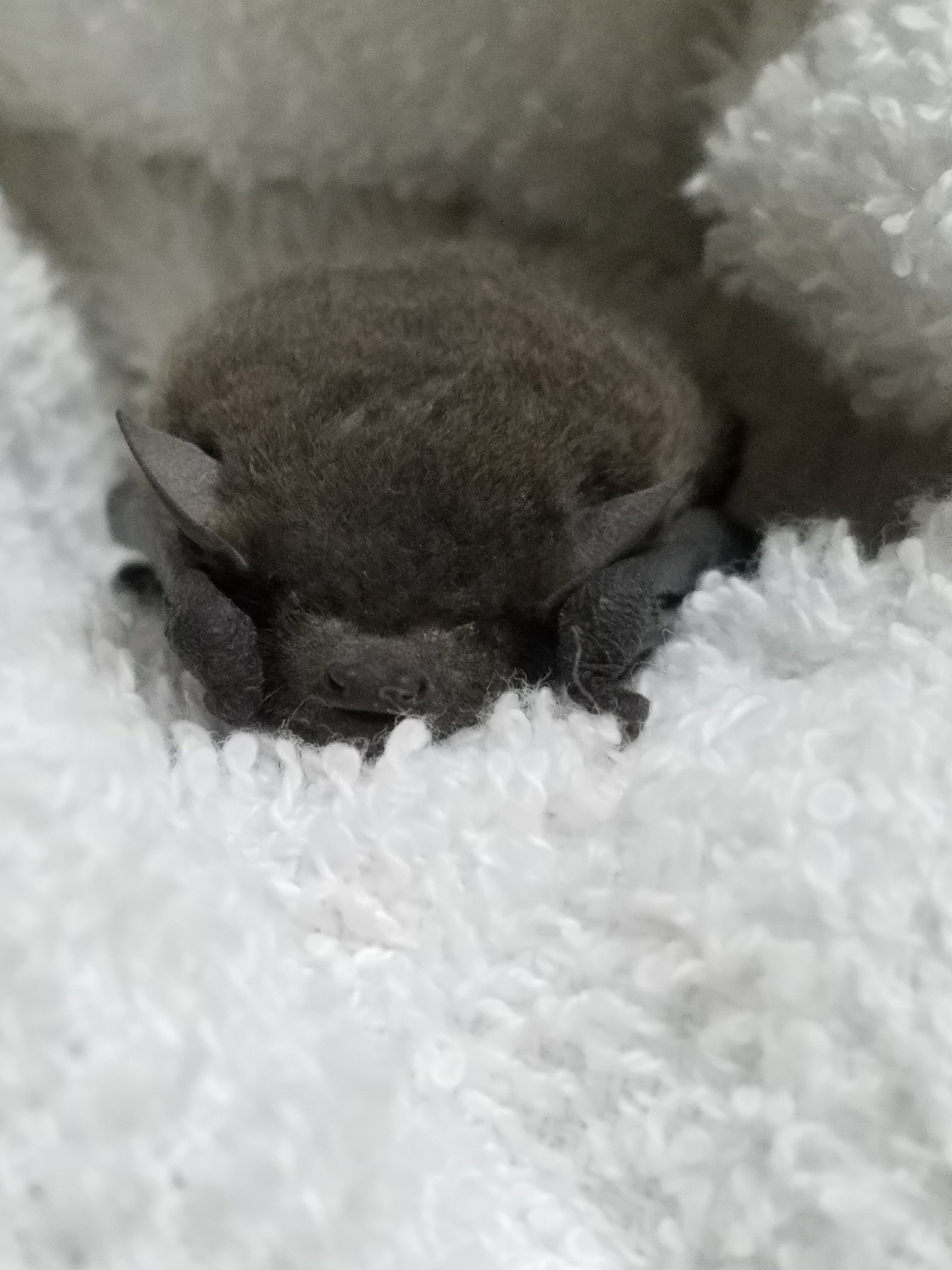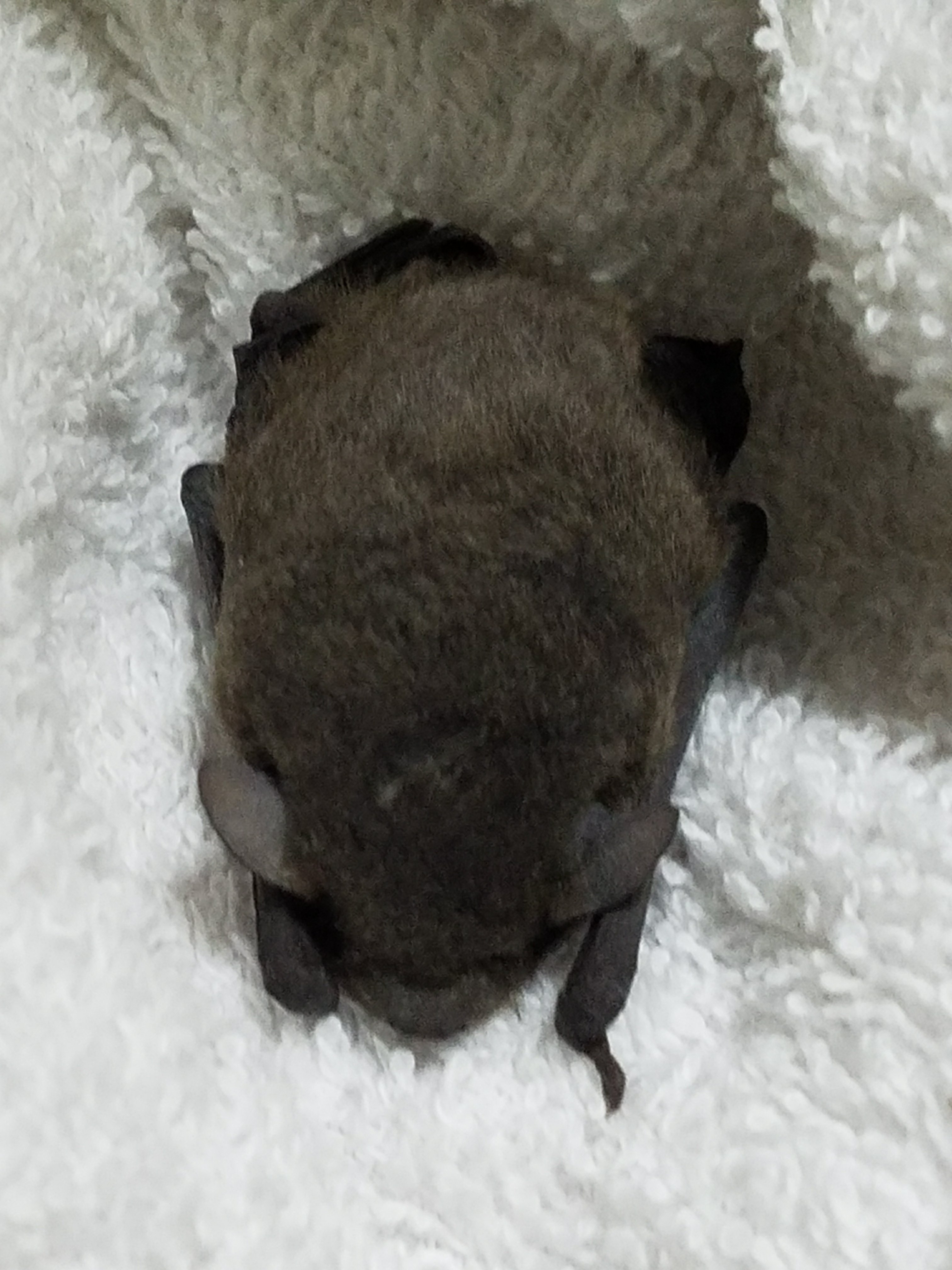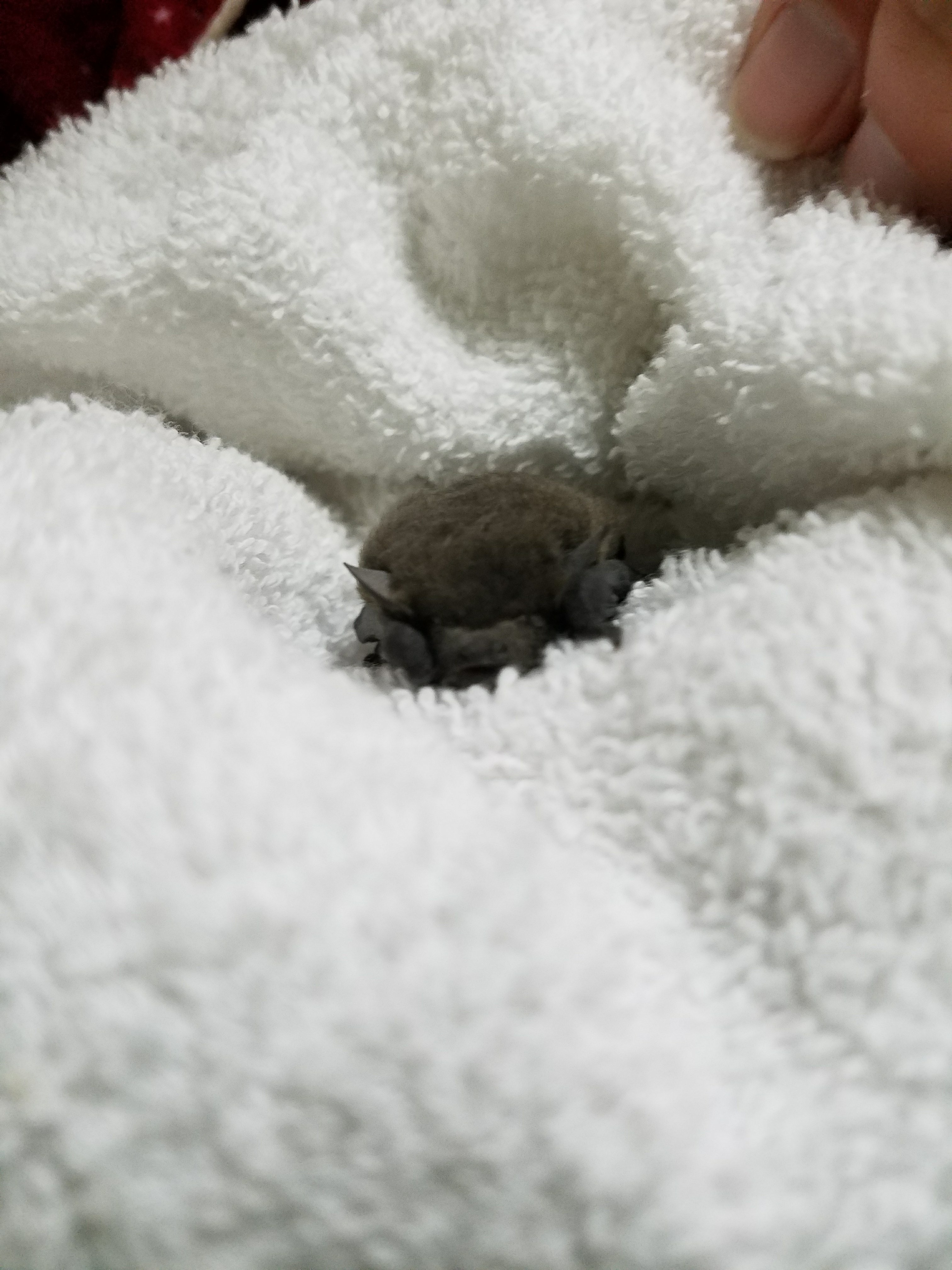America – increasingly impoverished, with little social support for the people. Why would I write this? Because I care. Why do I think this?…
Well, most Americans — and I was one of them before — don’t see it. It is hard to see how things are ruined when you live somewhere for years. But when you come back like me and can make comparisons, it is shocking.
It is unbelievable to me that due to lack of funding there were only three people working at the 12-window tax office when I went (and only for a couple of hours in the morning), with a long line of people waiting outside. The long lines at the DMV and lack of offices. The lack of funding for libraries and teacher’s salaries at schools, while administrators make much more. The lack of convenient public transportation. No publicly supported Health Care System for everyone — at least where you don’t have to pay a billion dollars for an ouchy (Here ambulances are FREE! Yes! Why? Because they are used in emergencies!).
With the level of social support it has, America reminds me of Mexico, but with good roads, rich people, and less direct corruption.
Now, I’m not saying Japan is perfect, by any means. It has its own very long list of social problems, and the result of that can be seen if you click on the World Happiness Report link later in this post. Japan ranks a very low #58 on the report, and for good reason. I also recognize that each place has its good points and its bad points, and that often these are a balance. For example, we could take Japan and say the people are so polite here, yes, they are but it is because they need to be, or else they get ostracized. It is very difficult to work in here. I could write an even longer post on Japan, but that wouldn’t be very Japanesey of me 😉
Without limitations in the US, corporate heads get huge salaries, Congress gets paid for life, insurance companies and pharmaceutical companies make unbelievable amounts of money off of an increasingly taxed people, and the list goes on.
It is amazing to me how many Americans still haven’t figured out they are being led around by a carrot by the false two-party system, and instead support conspiracy theories in their fear.
It is time that Agenda 21 was taken out of the closet.
American politicians get your acts together, and voters, look around at the other successful countries in the world, or there will be problems due to simple hygiene issues. Let me explain.
Just like someone who doesn’t take a shower or brush their teeth, buy new underwear when needed, and eat properly, America is not doing the basics to maintain what is necessary for a healthy economy. Instead, like an internet gamer waking up, eating junk food and spending hours watching TV and playing video games rather than working towards getting a job, the efforts are badly placed and will ultimately result in a negative balance for the country.
Living in Japan, I have seen some things that make me really reconsider moving back. Here, there is funding support for government entities. Not that they are wallowing in it; the buildings are old but clean. That being said, there are always people to help you at the Japanese DMV, the city hall, and all other branches I have visited. Almost never a long line, and if so people really complain indignantly.
There is funding for teachers, not only administrators, and for libraries to buy books. There is a cap on salaries, so most who would make $700k+ in the States don’t make more than $150k to $200k, and all jobs are respected because it is a job and someone is working hard every day at whatever they do.
The government has a working health insurance system, and the payment is based on how much money one makes, so no one is left without health insurance and can afford their medicine. If you can’t pay now, you can pay later, but the cost is within reason. The list goes on.
In Europe, my friend just posted that he saw 11 different political parties in Denmark discussing how to deal with their problems, not just two parties pretending to deal with problems while making an easy road for their friends in the back room or waiting for their incumbency term after 8 years. Denmark, by the way, is 2nd in the World Happiness Report.
In the US, people of course want to live in beautiful places where there are good schools and infrastructure. But sadly, I don’t see it on a whole, and it is not the government’s fault (they are just doing what they do best…); it is the people themselves who do not see how their decisions are creating problems.
Maybe you think I am simple-minded, but remember, the constitution and the bill of rights can be read in less than an hour. I have done it. Resolving many issues doesn’t have to be complicated and long. It has to be clear, have breadth and depth and logic. It has to have the qualities of the intellectual standards of critical thinking.
Here are my recommendations. They are not many, and definitely don’t cover most topics, but they are a start. If you have other things you would like to see change, write them in the comments section!
I think we need to encourage bike lanes. It isn’t bad to have bicycles, and it is dangerous for people riding them. Encourage public transportation. Encourage putting money into the DMV and schools, so that you don’t waste time in line, and your children grow up healthy in body and mind.
It’s time for America to grow into America The Beautiful from America on crutches.
Please read this Wikipedia article on Agenda 21 and find out where America stands, and why you should care.
